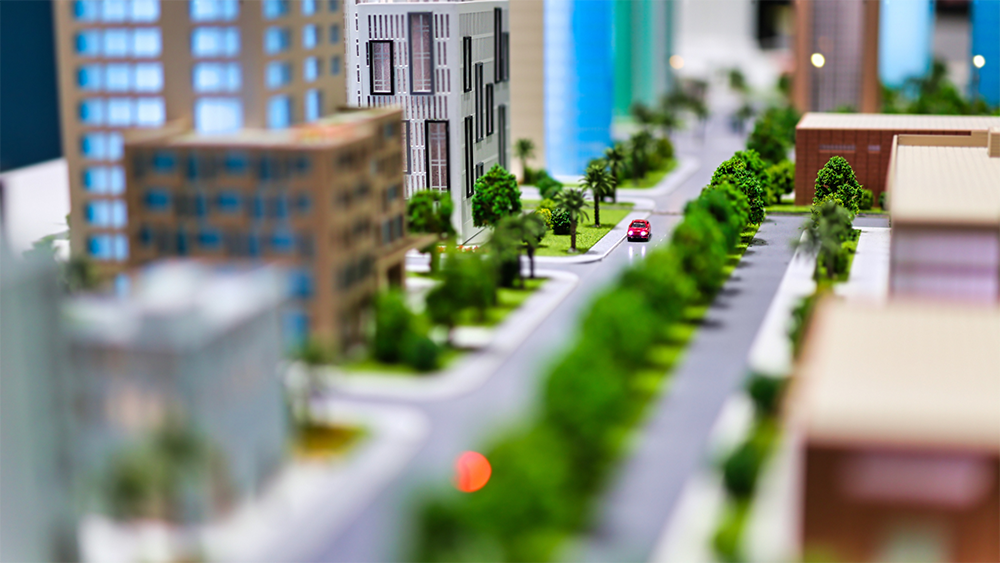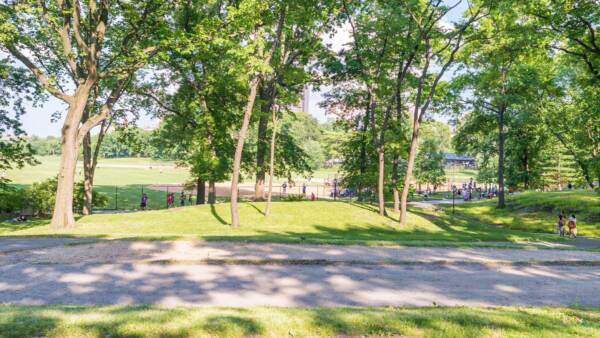Book review by Francesca Boyd
The ‘Research Handbook on Urban Design’ offers a comprehensive exploration of urban design, supported by a diverse range of international case studies. Editors Marion Roberts and Suzy Nelson have compiled chapters from across different disciplines to present a perspective on both the visible and invisible aspects of urban spaces. With a foundation in research, this book’s specialist knowledge is valuable for architects, students and planning practitioners alike.
To showcase the book’s content breadth, this review will delve into two key chapters. The first section “Approaches to Urban Design Research,” Chapter 4 titled “Shaping Smart Cities” by Jason Pomeroy and Denise Lim discusses the integration of hardware, software, and ‘heartware’ in urban design research. This chapter explores the convergence between virtual and physical realms within cities. It illustrates how the evolution of the internet and data utilisation has led to the creation of ‘smart cities’. It explores the way in which smart cities and society have adjusted with the creation of Public-Private-People partnerships in response to challenges such as the Covid-19 pandemic and climate change. One case study provides the example of an app in Amsterdam which has been used to create a living laboratory as part of a citizen-science project to find resilient urban solutions such as testing the acceptability of green roofs.
Later in section 2 ‘Settlements’, Chapter 7, titled ‘Trees and urban open spaces’, Jan Woudstra examines the historical significance of trees in urban landscapes for reshaping cities. Modern day physical functionality of trees is considered alongside their ability to create cultural identity and community connections. Critically, this chapter brings in the way that trees are a key component of sustainable cities and how urban environments have adapted design features to integrate trees. This topic is often in discussion in areas with rapid urban development or undergoing redevelopment as city centres change. In summary, this chapter emphasises the way that trees and cities have shaped each other.
The book provides practical and theoretical insights into resilient urban design, covering a range of topics including heritage, thermal management and informal settlements. The four sections cover approaches to urban design research, settlements, neighbourhoods, and public spaces. As the editors’ conclusion highlights, there are many themes running across the four sections and even more across the discipline of urban design. This book provides a foundation into the research occurring in urban design, and the rich case studies are excellent reference material for those looking for inspiration or desiring a deeper understanding of how urban environments can be developed and understood in a different way. By sharing expert knowledge and passion for urban design, the authors present an engaging and informative perspective on urban design practices
Urban Handbook on Urban Design is available from Edward Elgar Publishing https://www.e-elgar.com/
Edited by Marion Roberts and Suzy Nelson, School of Architecture and Cities, University of Westminster, UK


















